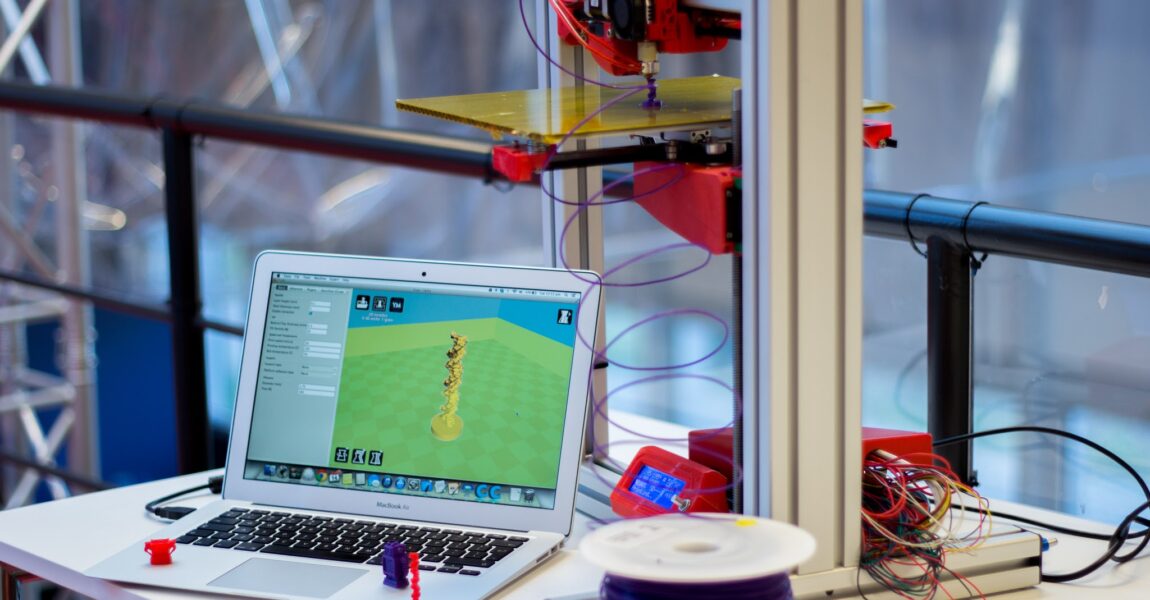
Revolutionizing Water Treatment: 3D-Printed Filter Components for Precision Filtration
In the ever-evolving world of water treatment, innovation is the key to achieving cleaner and safer water supplies. One groundbreaking technology that has been gaining traction in recent years is 3D printing. Experts in the field are harnessing the power of 3D printing to create filter components with unmatched precision, ensuring access to high-quality drinking water. In this article, we delve into the utilization of 3D printing for water filter components and how it’s reshaping the industry.
The Precision Advantage
Precision is paramount in water treatment, and 3D printing offers a game-changing solution. With traditional manufacturing methods, achieving the intricate designs required for effective water filtration can be challenging. However, 3D printing allows for the crafting of filter components with unparalleled precision, ensuring optimal performance.
By leveraging this technology, professionals can create complex geometries and microstructures that are tailored to specific water treatment needs. Whether it’s optimizing flow rates, enhancing contaminant removal, or improving the durability of filter components, 3D printing empowers experts to fine-tune every detail.
Sustainability and Customization
Sustainability is a growing concern in water treatment, and 3D printing aligns perfectly with this goal. Traditional manufacturing often generates excess waste and requires substantial energy consumption. In contrast, 3D printing is inherently more eco-friendly, as it minimizes material waste and energy usage.
Furthermore, professionals can customize filter components to match the unique requirements of each client. Whether it’s for municipalities, industrial facilities, or individual homeowners, 3D printing allows for the production of bespoke filter elements. This level of customization not only enhances water treatment efficiency but also minimizes the environmental footprint.
Keeping Up with Innovation
In the world of water treatment, staying ahead of the curve is essential. Experts in the field are committed to adopting cutting-edge technologies, and 3D printing is no exception. They constantly explore the latest advancements in 3D printing materials and techniques to ensure that their filter components are at the forefront of innovation.
Conclusion: The utilization of 3D printing for water filter components is reshaping the water treatment industry. The precision, sustainability, and customization afforded by 3D printing are revolutionizing the way we approach clean water solutions. As experts in the field continue to push the boundaries of innovation, the future of water treatment looks brighter than ever. Join the conversation and be part of the movement to ensure access to clean and safe drinking water for all.
- October 5, 2023
- 1
- Filtration Technologies and Methods
1 Comment